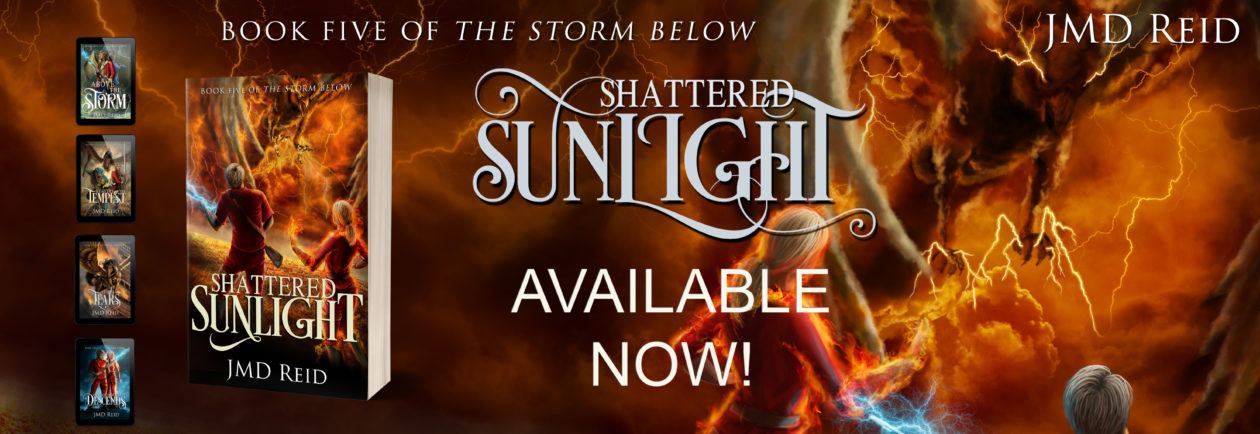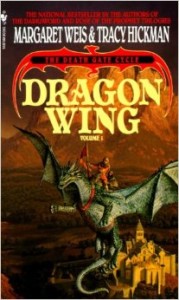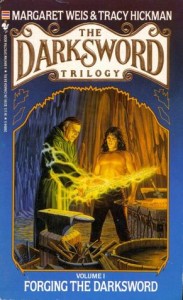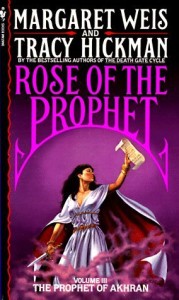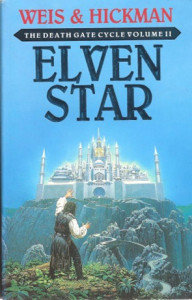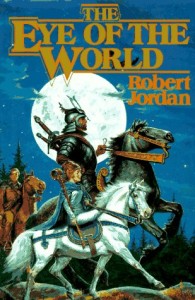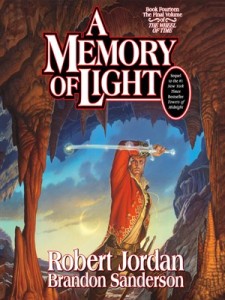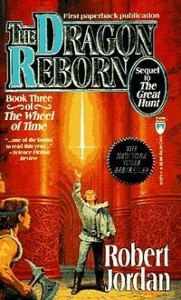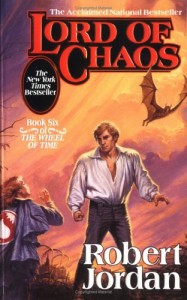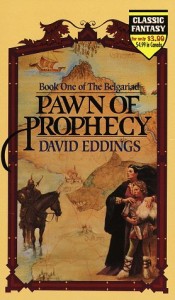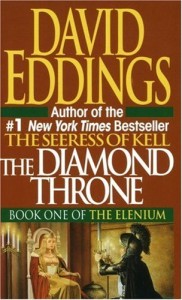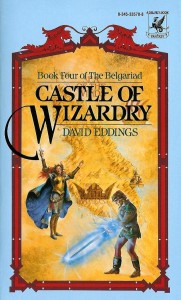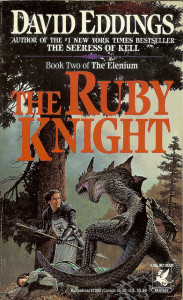Self-Editing
I find self-editing to be very difficult for a number of reasons and it’s taken me a while to develop the discipline to read through my work carefully. But no matter how hard I tried, mistakes kept slipping through, so I decided to do some research on the matter, trying to learn tricks to help me self-edit and produce more professional writing.
The main hurdle to self-editing is the psychological phenomena known as pareidolia. Even if you’ve never heard of pareidolia you are more than aware of it. Our brains are wired to recognize patterns and this causes us to see patterns in meaningless data from seeing shapes in the clouds to seeing the image of the Virgin Mary in a potato chip. Our brains are powerful processors capable of feats of pattern recognition that even the most powerful computers are not capable of, and we do with any effort. This comes with a downside, we see things that aren’t there.
So what does pareidolia have to do with self-editing and why is it the biggest obstacle? It’s simple, our brains are great at finding patterns and filling in the missing data to form the expected shape or most likely shape. Since your brain knows what you wrote and knows what you intended to say, your brain will often see what you think you wrote. This is why homophone mix-ups are hard to catch. You meant to write ‘there’ but instead you wrote ‘their’. Because your brain knows what you intended, you could read it a dozen times and fail to realize you used the wrong word because of pareidolia.
Now that you know about the issue, you’re probably wondering how to combat this phenomena. If you’re an indie author (like me), a student writing a paper, or a professional writing a report or presentation then you know the importance of self-editing and you don’t want to put out an unprofessional product. You need to divorce your words from your writing, putting barriers in place to keep you from seeing your work as a whole and seeing the trees that make up the forest. So here are a few tricks I use that I find are quite helpful:
- Word Search: Every word processor software has a find/replace function that you usually can find under the edit menu or using ctrl+f. I have a list of words that I know I mess up on, such as there/their/they’re, were/where/we’re, your/you’re, fill/feel, now/know, new/knew, form/from, who/how, etc. So I search the document and read every instance I wrote the word, making sure I’m using it correctly. This forces me to see what word I wrote in the context I wrote it and catch mistakes. Whenever I’m editing and I find I’ve made the same homophone mistake before, I add it to the list. I usually find one mistake per 1000 words with this method.
- Read Backwards: Another way to help combat pareidolia is to read your document backwards. You start at the end of the document and you read it paragraph by paragraph from the end to the beginning. This helps to divorce you from the story’s flow and concentrate on what you actually wrote instead of what your brain thinks you wrote.
- Text-to-voice Software: Hearing your work spoken aloud is helpful to spot missing words. Did you forget a the or an? Did you misspell a word that you don’t search for? Did you use the right verb tense? All of these mistakes become very apparent when you hear the text spoken. You can read it aloud, but I prefer to use a text-to-voice software. I use NaturalReader. You can purchase it, but you can also use it for free, though it pops up an annoying ad for the full version every 1500 words or so.
There is another technique that I’ve read but never tried. If you change the font of your text, it changes what your mind expects and helps to spot mistakes. If you wrote your document in Times New Romans, use Courier New on editing.
So I hope this helps with your writing because these techniques made a big difference with my own self-editing and while I still can’t achieve perfection, at least I have achieved professionalism.
Note: I edited this document using my techniques. Find/Replace method discovered an ‘are’ that should have been an ‘our’. Reading backwards found a few grammar errors. Text-to-voice discovered that I forgot to write ‘be’ in the very first sentence as well as five other mistakes (verb tense, wrong word, and missing word).
